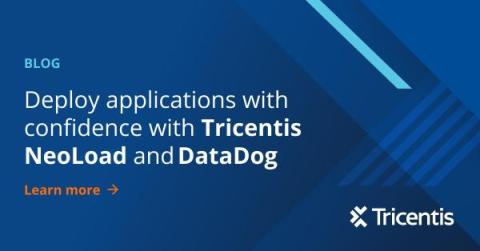Top 10 Tools for Monitoring OAuth Client Credentials Endpoints
When it comes to keeping your OAuth Client Credentials endpoints secure and high-performing, monitoring is crucial. Whether you’re a non-technical business owner, a software engineer, a student, a product owner, a web agency, or a DevOps professional, understanding and implementing effective monitoring can save you from a lot of headaches. In this article, we’ll dive into the top 10 best tools for monitoring OAuth endpoints, helping you find the best fit for your needs.






